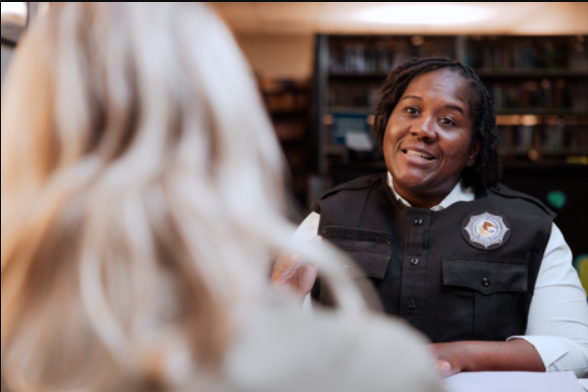Community corrections is an important aspect of the United States corrections system. It encompasses a range of programs and services designed to support individuals as they transition from incarceration back into their communities. Community corrections programs include probation, parole, halfway houses, community service, and electronic monitoring.
At NIC, we are committed to helping community corrections agencies and organizations promote successful reentry and build stronger, safer communities. Our resources and technical assistance are designed to help agencies and organizations achieve their goals and make a positive impact in the lives of individuals under community supervision, their families, and their communities.










